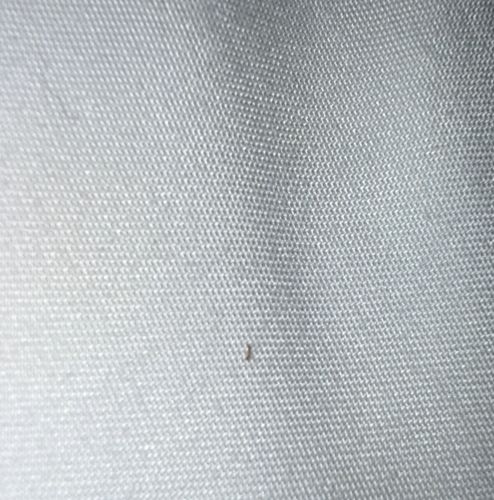Thrips
Scientific Name: Various species within the order Thysanoptera
Order & Family: Order: Thysanoptera, various families (e.g., Thripidae, Phlaeothripidae)
Size: 0.5 - 2 mm (very small, slender insects)

Natural Habitat
Widely distributed globally, found on a variety of plants (fruits, vegetables, ornamentals), often in flowers, on leaves, or under bark. Also found indoors on houseplants or in greenhouses.
Diet & Feeding
Most thrips feed on plant sap by piercing plant cells with their stylets and sucking out the contents. Some species are predatory, feeding on other small arthropods, and a few feed on fungal spores.
Behavior Patterns
Thrips are generally fast-moving insects, often found in concealed locations within plants. They can be active in warm temperatures and may fly or jump when disturbed. Their life cycle involves an egg, larval stages (often two), pupal-like stages (prepupa and pupa), and adult. Multiple generations can occur within a year.
Risks & Benefits
Risks: Many thrips species are considered agricultural pests, causing damage to crops by feeding on plant tissues, leading to discoloration, deformation, or scarring of leaves, flowers, and fruits. They can also transmit plant viruses, causing further economic losses. Benefits: Some thrips species are beneficial predators of other small pests like mites or other thrips, contributing to natural pest control. Others aid in pollination of certain plants.
Identified on: 11/3/2025